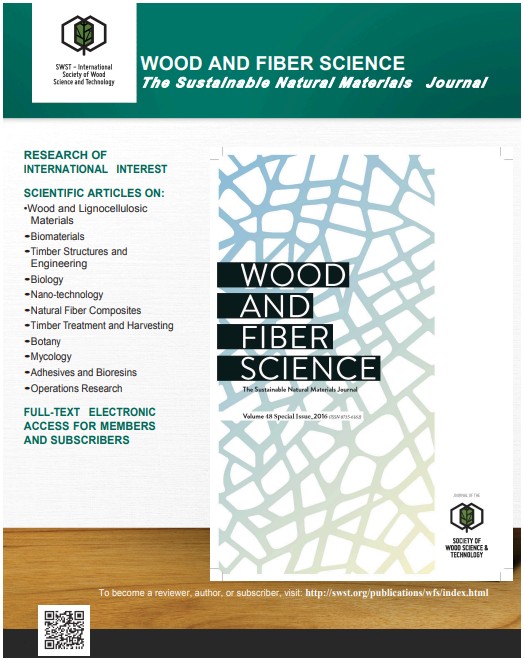
January 5, 2026

On Tuesday, 24. 8. 2021, the InnoRenew CoE held an event at Tartini Square in Piran, aiming to present results of the national research project Protection of bronze monuments in the changing environment.
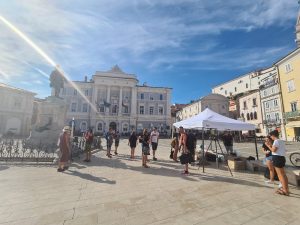
Event in Piran to present results of the project Protection of bronze monuments in the changing environment. Image: Lea Primožič
The goal of the project, concluded in June of this year, was to engage the public in the protection of cultural heritage through the collection of data (i.e., photographs) that documents damage to bronze monuments. InnoRenew CoE researchers prepared and placed a plaque next to the Tartini monument with which they want to encourage people to share the monuments photographs on the dedicated webpage:
“The collection of this data will serve us to make it easier and faster to detect the corrosion processes of bronze monuments and at the same time we will create more awareness of this topic, as people uploading their pictures to our webpage will gain access to watch a series of educational videos in Slovene, Italian and English,“ said Dr Ana Slavec, InnoRenew CoE’s researcher.
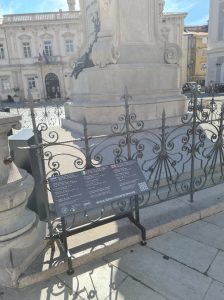
A plaque was placed next to the Tartini monument with which they want to encourage people to share the monuments photographs on the dedicated webpage. Image: Lea Primožič
The event was attended also by Đenio Zadković, the major of Piran, who said that events as such are welcome in Piran: “I am very happy that the presentation of this project results is taking place in Piran, as we have here many bronze monuments, therefore this topic is very important for us.”
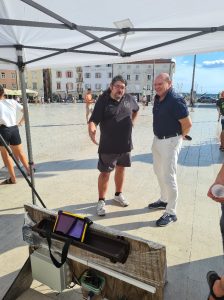
Đenio Zadković, the major of Piran, and Dr Jakub Sandak, InnoRenew CoE’s researcher. Image: Lea Primožič
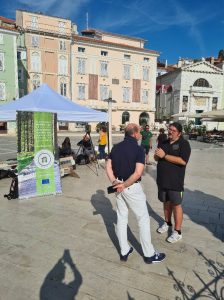
Đenio Zadković, the major of Piran, and Dr Jakub Sandak, InnoRenew CoE’s researcher. Image: Lea Primožič
One of project goals was also to develop IT tools to engage the public for better protection of monuments, and to develop set of environmental sensors capable of monitoring localized weather conditions in four bronze monuments around Slovenia:
“We noticed differences that are highly dependent on the environment, for example at the monument in Ljubljana we noticed a greater impact of sulfur pollution, and at the Tartini monument salt is the one that contributes the most to corrosion,” explained Janez Kosel, researcher at the Institute for the Protection of Cultural Heritage of Slovenia.
Bronze, as any material exposed to the natural weather condition, changes its properties along the time. In recent years a drastic increase of the deterioration is observed in the case of cultural heritage objects not appropriately protected, due to climate changes and excessive rain water pollution. The data will provide precious indications to the restorers and curators regarding optimal preservation treatments.
“At InnoRenew CoE and University of Primorska we have a lot of knowledge and equipment that we can use in several applications, and this project is a proof of this,” said Dr Andreja Kutnar, InnoRenew CoE director.
“We are aware that the cultural heritage is of great importance and this is why we wanted to contribute our part for its better protection.”
The Institute for the Protection of Cultural Heritage of Slovenia led the project, in collaboration with InnoRenew CoE and the Slovenian National Building and Civil Engineering Institute, and it was financed by the Slovenian Research Agency (ARRS).